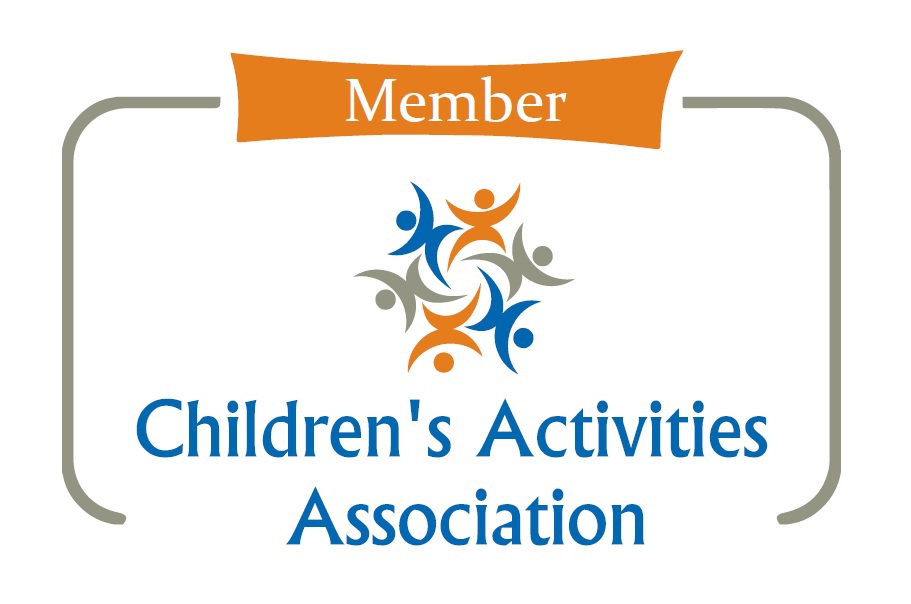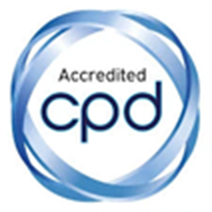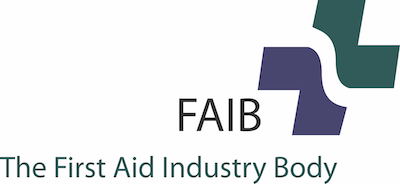Hot water burns like fire. In 2022 almost 7,500 children were burned or scalded so badly that they were admitted to a Specialist Burns Unit.
This figure doesn’t include the thousands of children seen and discharged from A&E. Every one of these thousands of children potentially leave hospital care with life-long scars that are painful and need to be managed, and this is before you consider the psychological impacts of a bad burn. We’ve asked The Children’s Burns Trust for their advice on the dangers of hot water . . .
How does hot water pose a danger to our children?
Hot drinks
Thirty babies and toddlers go to hospital with a hot drink burn every day. In addition to this shocking daily figure, 60% of all children under 3 who attended A&E departments are due to a hot drink burn.
Prevent hot drink burns using these simple rules:
· Keep hot drinks out of reach of young children – placing them at the back of the kitchen surface and never on a cloth that hangs down so that a small child can reach and pull the hot drink over them.
· Never carry a hot drink whilst carrying a baby.
· Never pass a hot drink over the heads of young children.
· Avoid drinking hot drinks around small children.
Saucepan and kettle spills
In 2022, 531 children were admitted to an NHS Burns Service due to injuries related to an electric hob. A further 375 children were admitted to an NHS Burns Service due to accidents involving kettle spills. Make sure you:
· Don’t leave children alone around hot cooking surfaces and keep them out of the kitchen when cooking or preparing food and hot drinks.
· Always use the back burners on the hob when you can and turn handles in.
· Keep kettles and their cords out of reach of little hands.
Hot water bottles
Hot water bottles can be dangerous and cause burns if they are not cared for or used safely. Rubber deteriorates over time so old hot water bottles can burst or leak and cause serious burns. The images below show an example of a hot water bottle burn:

This image* shows a partial thickness burn on brown skin,
caused by a hot water bottle. This means the top layer of skin (the epidermis)
has been destroyed, and the dermis, or second layer of skin, has also been
damaged. The skin can look broken, wet or as if it is “peeling”, as seen in
this image. This type of burn can be incredibly painful, as nerve endings are
exposed, and is also very susceptible to infection.

This second image* shows the burn in the recovery stage, around 3 weeks after the initial burn. You can see the pigmentation returning, and this may remain patchy for life. This is because the hot water may have burned parts of the skin to a greater depth than other parts.
How to use a hot water bottle safely
Have you heard of the flower symbol? They should be on ALL hot water bottles and are invaluable for protecting you and your family from a hot water bottle burn.

Look at this flower symbol. The number in the middle shows
the year the bottle was made. The segments represent months of the year, and
the dots inside represent the number of weeks. So in this example, the hot
water bottle was made in the third week of April 2021 and is now more than 3 years
old. Time to buy a new one!
Other hot water bottle safety tips:
· Don’t allow a child to fill a hot water bottle.
· Hold the bottle upright by the neck when filling.
· Let the water in the kettle cool for 5 minutes before filling your bottle.
· Don’t fill your bottle more than two thirds full.
· After filling, carefully let the air out, holding the neck away from you as you do it before you put the stopper in. Make sure this is screwed on tightly.
· Never put a hot water bottle directly on to your skin – make sure you use a cover.
· Don’t leave your baby with a hot water bottle – if you need to, use the bottle to warm their bed then remove.
· Remind older children never to sit or lie on hot water bottles.
What do I do if my child is accidently burned or scalded?
Good first aid is absolutely critical in reducing pain, recovery times and severity of scarring from a burn.
The most important thing is cooling the burn:
· Cool the burn with cool running tap water for 20 minutes and remove all clothing and jewellery around the burn (unless it is melted or firmly stuck to the wound). For a large area of burn, it may be more appropriate to use the shower to cool the wound
· Call 999 or 111 for any burn larger than a 50p coin – making sure you are continuing to cool whilst on the call.
· After 20 minutes, cover the burn with cling film or a clean non-fluffy dressing or cloth, this will help prevent infection.
· Make sure the rest of the patient’s body is kept warm whilst cooling the affected area.
We hope this has helped you think about how to keep your family safe from the dangers of hot water.
Stay safe everyone, Mini First Aid and The Children’s Burns Trust x
Sources: The Children’s Burns Trust
*thank you to Marion Gbadamosi for her permission to use these images.
Our great value Summer Bundle!
This brilliant bundle is a must for the summer holidays. Prepare for pesky insects with Toddle insect repellent, the Tick Twister and WASuP, perfect for instant sting relief. Be ready for first aid mishaps with our Family First Aid Kit and Paediatric First Aid Made Easy book, covering 35 first aid topics. Lastly our hot and cold gel pack can be used to soothe head bumps and grazed knees. Your one stop shop for summer holiday accidents!








